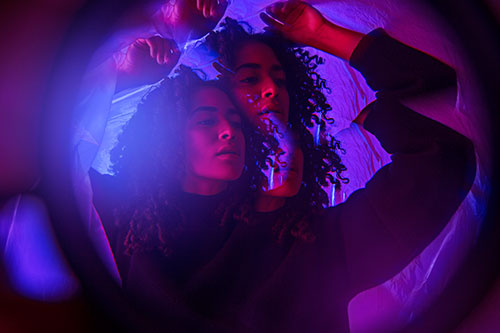Website Design
Website design is the process of creating the visual layout, structure, and functionality of a website. It involves both the aesthetic aspects of how the website looks and the technical aspects of how it functions. Good website design is important to create a positive user experience (UX) and achieve the goals of the website.
Visual Design (UI - User Interface)
1. Layout: The way elements are aligned on the page, which may include text, images, and buttons. A well-organized, easy-to-navigate layout increases usability.
2. Color Scheme: Colors can be emotive and communicate the brand's message. A coherent color scheme enhances user experience.
3. Typography: The style, size, and placement of text on the site. Legible fonts and good contrast between text and background are crucial for accessibility.
4. Images & Graphics: High-quality images and illustrations that complement the content and enhance the overall appeal of the website.
5. Consistency: The consistency in design helps the user feel comfortable navigating through different pages. Repeating patterns and design elements, such as buttons and menus, give visual coherence.
User Experience (UX) Design
1. Navigation: A clear and intuitive navigation structure helps users find the information they need without frustration. This includes menus, buttons, and other interactive elements.
2. Responsiveness: The site should be responsive to various devices and screen sizes, from desktop to smartphone. Responsive design is one of the ways to make sure users have a smooth experience irrespective of the device.
3. Loading Speed: Websites should be fast loading, as slow sites will push away users. Optimizing images, caching, and removing unnecessary code can all help to improve speed.
4. Accessibility: The website should be accessible to anyone, including those with disabilities. This can be achieved using alt text on images, providing keyboard navigation, and good contrast between the text and background.
Technical Aspects (Web Development)
1. HTML/CSS: The fundamentals of a website. HTML is what defines the structure, while CSS controls the visual aspects, such as layout, colors, and fonts.
2. JavaScript: It is a programming language used to make a website interactive, like animations, form validation, etc.
3. Content Management Systems (CMS): Such as WordPress, Joomla, or Drupal, make it easy to create and manage a website without requiring technical knowledge.
4. SEO (Search Engine Optimization): A good website design also considers SEO. Proper HTML tags, keyword usage, and fast loading speed will help the website rank high in search engine results.
Content Strategy
1. Content Creation: The content of the web page is text, images, and even videos. Good content has been well-organized to give visitors an interest in reading all the information.
2. Call-to-Action (CTA): It ensures that the call to action from the website is clear and specific, such as a news letter sign-up, purchases, or contacting the company on the website.
Mobile-First Design
Mobile Optimization: Because the majority of users access the web from their mobile devices, a mobile-first approach ensures that sites are designed with smaller screens and touch interfaces in mind before scaling up for desktops.
Testing and Launch
1. Usability Testing: Test your website with real users to discover usability issues. It points out where users will likely get stuck or confused.
2. Cross-Browser Compatibility: Ensuring the website works across different web browsers (Chrome, Firefox, Safari, etc.).
3. Launch & Maintenance: Once the website is tested and refined, it’s ready for launch. Continuous updates and maintenance are necessary to keep the website running smoothly, fix bugs, and add new features.
Trends in Website Design
1. Minimalist Design: Clean, uncluttered layouts with an emphasis on simplicity.
2. Dark Mode: Providing a dark alternative of the website to minimize eye stress.
3. Microinteractions: Tiny, small animations that make the site more interesting and give it feedback (for example, button animations).
4. AI Integration: Artificial intelligence tools, such as chatbots or personalized content recommendation, are becoming increasingly popular in designing websites.
5. 3D Elements & Parallax Scrolling: These effects can bring depth and interactivity into the design.
Conclusion
Good design of a website balances aesthetic, functionality, and the user experience to ensure it is visually appealing, easily navigable, and contributes to value for users. Well-designed websites can significantly drive the attraction and retention of visitors depending on whether it is to engage a business, personal blogs, e-commerce, or portfolio sites.

.jpg)

